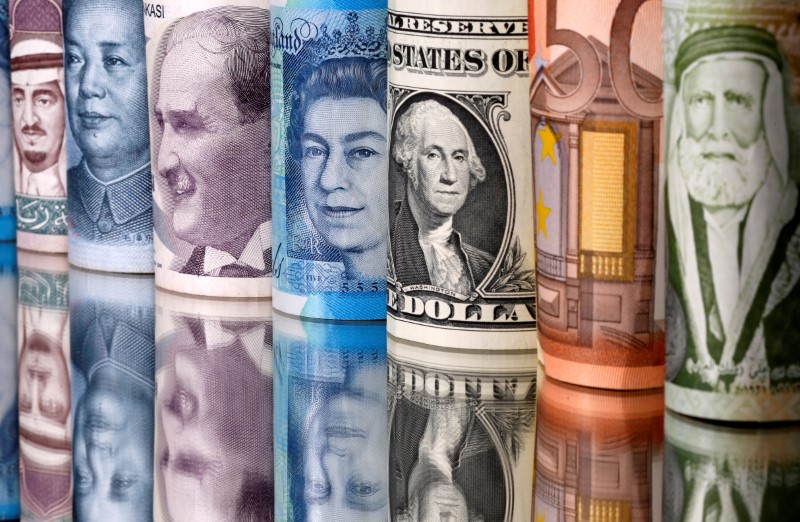UBS provided analysis of the performance of the Swedish krona, showing that its position against the euro has weakened since May, with the pair returning to year-earlier levels despite the Riksbank’s efforts to strengthen the currency last September to reinforce.
The bank forecasts that EUR/SEK may rise in the short term due to uncertainties surrounding the easing cycle, but expects a decline in the medium term as risk appetite increases and high-beta currencies become more attractive.
In terms of investment prospects, UBS expects that disinflation and interest rate cuts should provide some support to the Swedish krona, although volatility in Nordic currencies is generally higher than in other regions. This offers EUR investors the opportunity to sell EUR/SEK upside risks from 11.80 for a return recovery.
UBS warns that the EUR/SEK could test levels close to 12.0 in the near term if the Riksbank appears dovish than its peers. Conversely, if the Fed signals more impending rate cuts, the SEK could rapidly appreciate, potentially leading to a rise in interest rates EUR/SEK to 11.0.
The bank also highlights that a sudden shift towards risk-free sentiment due to a deterioration in global growth prospects could push the EURSEK closer to 12.0, while strong global growth could push the EURSEK towards 11.0.
The upcoming easing cycles from the Federal Reserve and European Central Bank are expected to increase risk appetite, potentially benefiting the krona. UBS suggests that as the appeal of safer, more liquid assets wanes, the krona is likely to gain strength against the euro.
The prospect of ECB rate cuts starting in June, coupled with expectations of an initial Fed rate cut, has kept risk markets on alert.
Improvements in global growth and positive developments in the eurozone are expected to create a favorable environment for the Swedish currency. Sweden, which has been in recession for the past 18 months, is showing signs of economic recovery, but these have not yet been reflected in hard figures.
The Riksbank, which already started its easing cycle on May 8, is expected to make two more interest rate cuts in 2024, providing some relief to Sweden’s heavily indebted economy.
However, UBS notes that the timing of these rate cuts is uncertain, with factors such as the US elections, subdued global growth and geopolitical tensions raising potential risks that could negatively impact the krona and call into question the lower interest rate forecast . EUR/SEK.
This article was produced with the support of AI and reviewed by an editor. For more information see our General Terms and Conditions.


